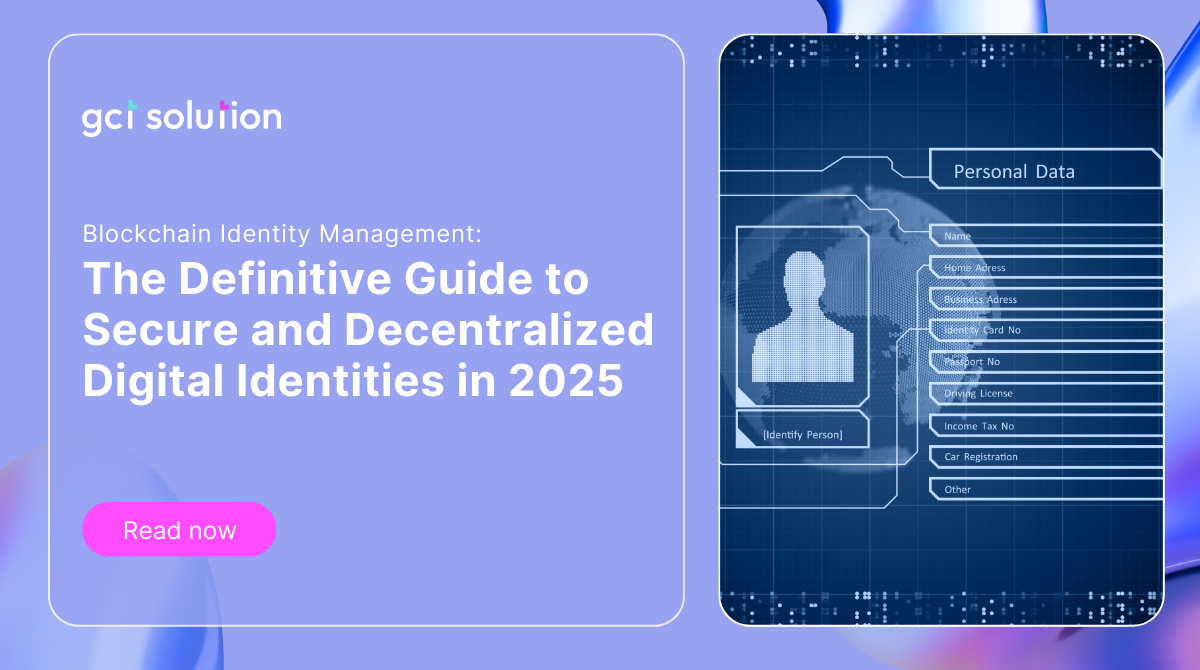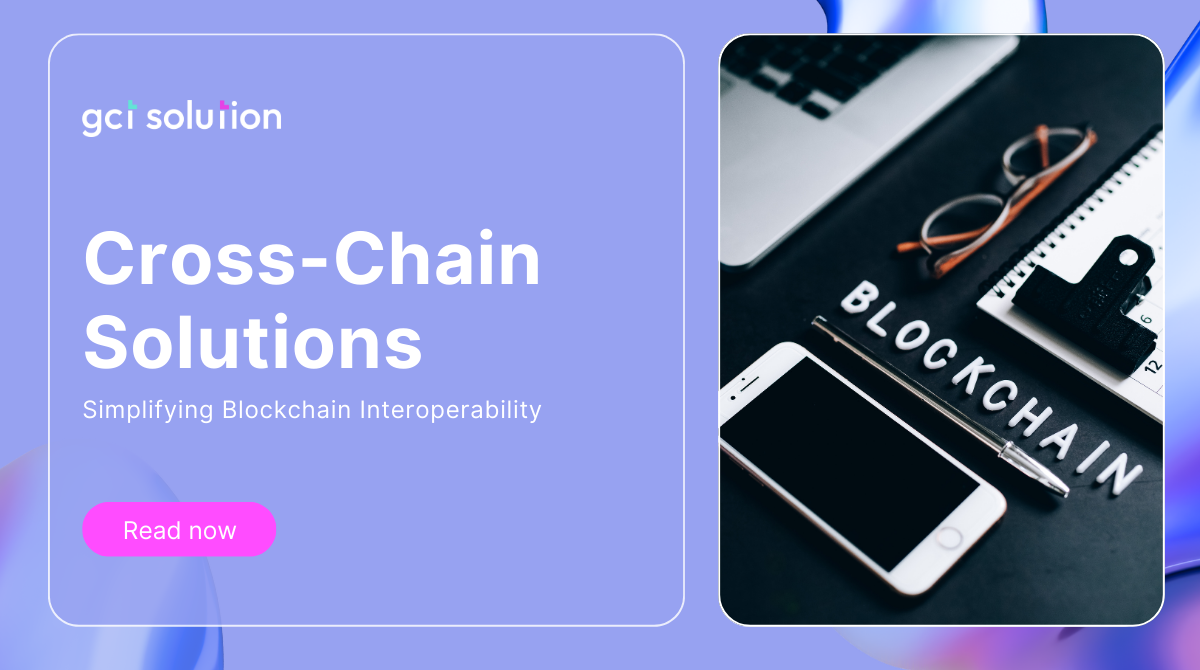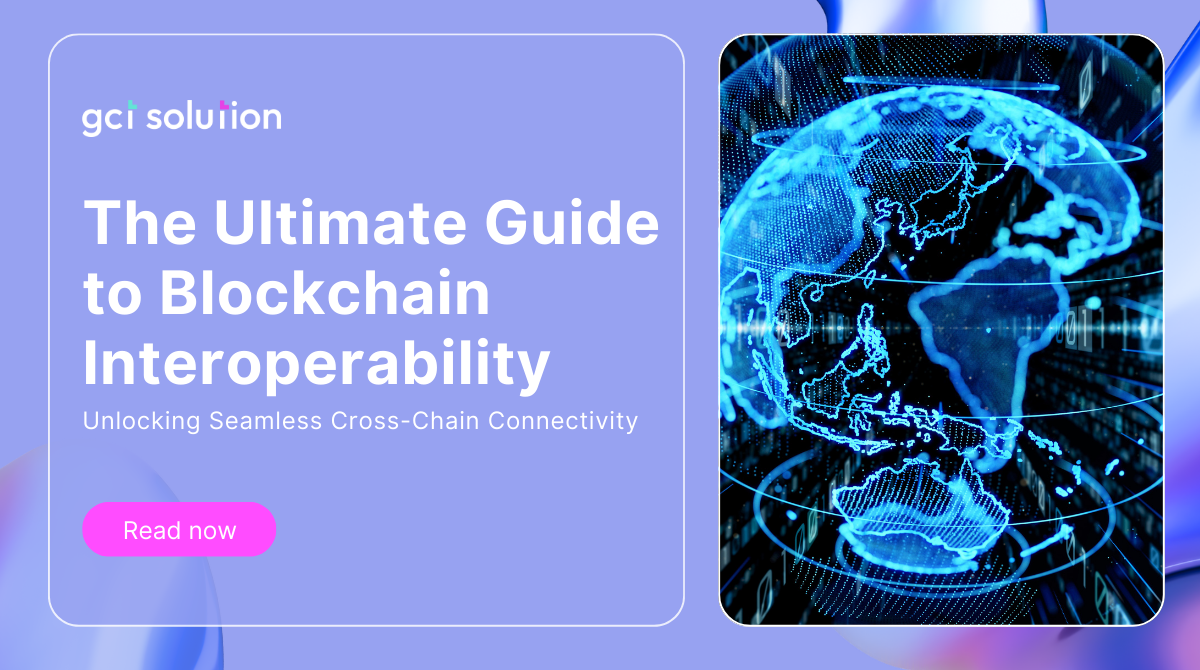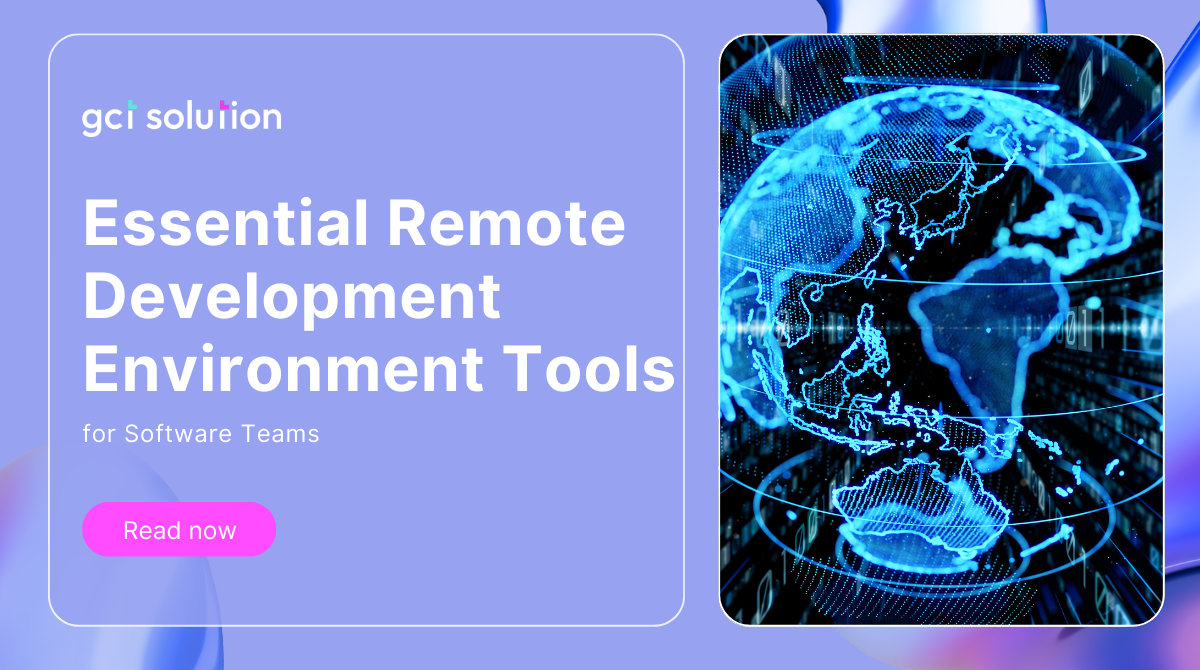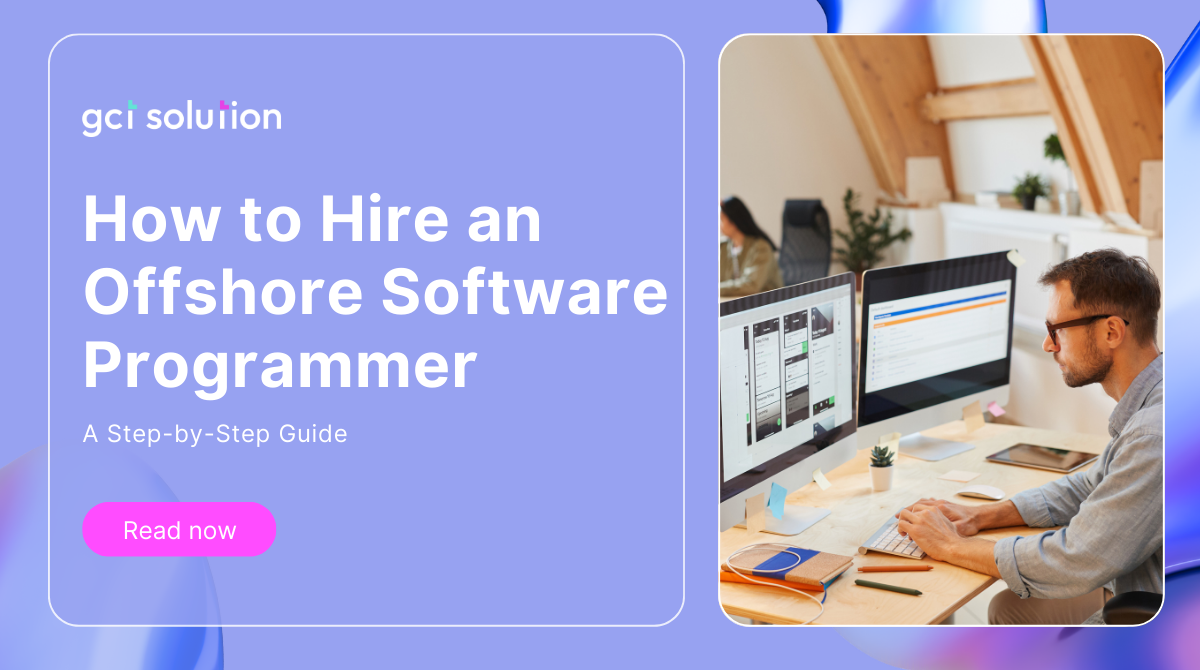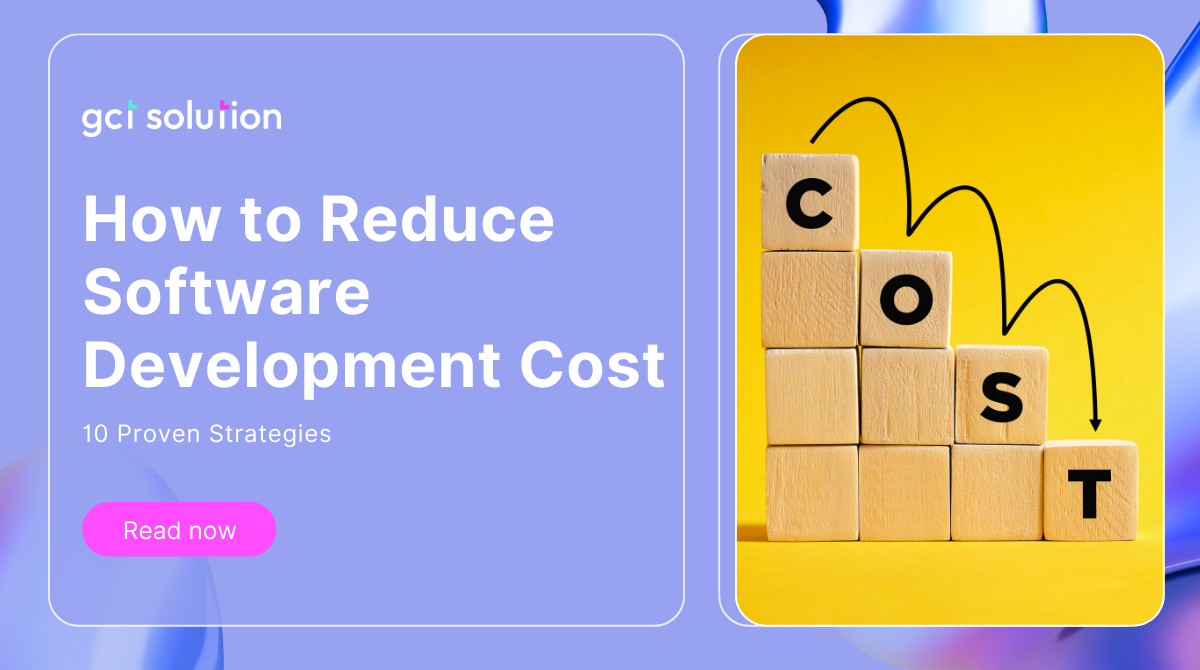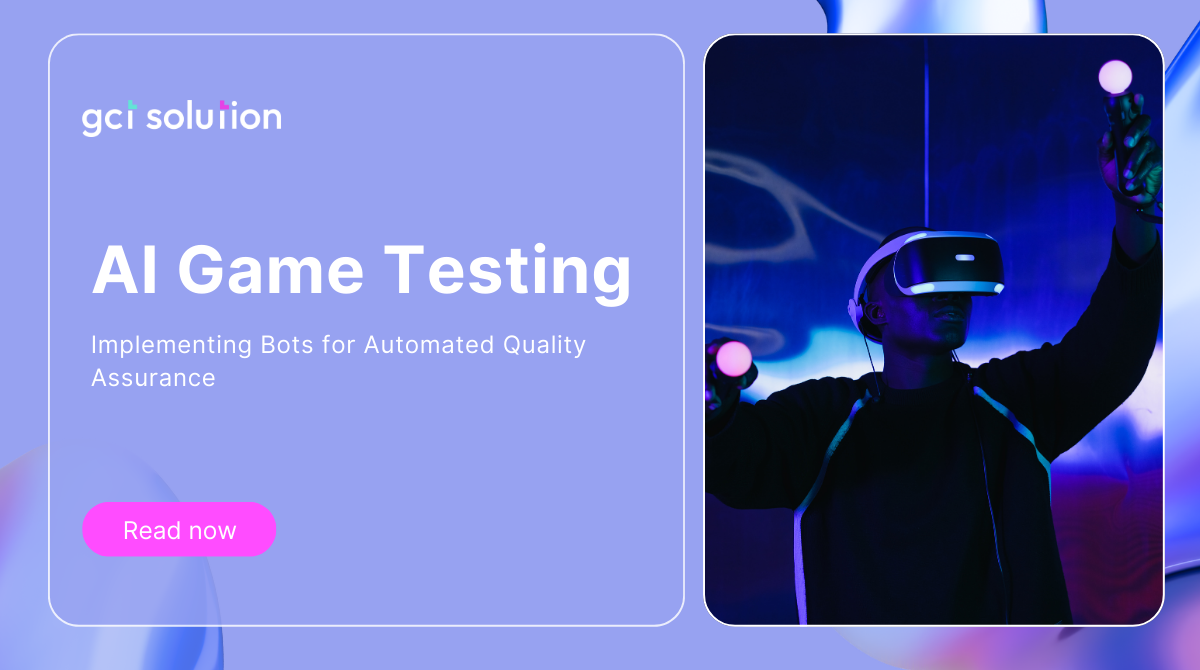What Is EdTech? A Comprehensive Guide to Education Technology
Educational technology, or EdTech, has become an integral part of modern education. From online courses to sophisticated AI-driven learning platforms, EdTech is transforming the way we learn and teach. This comprehensive guide will explore what EdTech is, its benefits for students and teachers, the challenges it faces, and the latest trends and innovations in the field.
What is EdTech?
Definition and Explanation of EdTech
Educational Technology, or EdTech, represents the intersection of education and technology, aiming to enhance the learning experience through digital tools and solutions. The concept of EdTech isn't new; it has roots in the mid-20th century with the introduction of educational TV programs and language labs. However, the rapid advancement of technology over the last few decades has propelled EdTech into a dynamic and ever-evolving field.
Today, EdTech encompasses a broad spectrum of technologies, from Learning Management Systems (LMS) that organize and deliver course materials, to mobile apps that offer bite-sized lessons on everything from language acquisition to coding. Virtual classrooms break down geographical barriers, enabling real-time interaction between educators and students worldwide. For instance, platforms like Zoom and Google Classroom have become household names, facilitating remote learning with features that mimic the traditional classroom experience, including live video lectures, breakout sessions, and digital whiteboards.
Key Components of EdTech
EdTech comprises several key components, including:
- Learning Management Systems (LMS): Platforms that facilitate the delivery, tracking, and management of educational courses and training programs.
- Educational Apps: Mobile applications designed to provide interactive learning experiences on various subjects.
- Online Courses: Web-based courses that offer flexible learning opportunities, often including videos, quizzes, and discussion forums.
- Virtual Classrooms: Online environments that simulate traditional classroom settings, enabling real-time interaction between teachers and students.
- Digital Content: Multimedia resources such as videos, podcasts, and e-books that enhance traditional learning materials.
Importance and Potential Impact
The importance of EdTech lies in its ability to transform education by making it more accessible, efficient, and personalized. It has the potential to bridge the gap between traditional and modern education, offering numerous benefits for both students and teachers. By integrating technology into the learning process, EdTech can:
- Enhance Student Engagement: Interactive and multimedia-rich content can make learning more engaging and enjoyable.
- Personalize Learning: Adaptive learning technologies can tailor educational experiences to individual student needs and preferences.
- Improve Accessibility: Online courses and digital resources make education accessible to learners regardless of their geographical location.
- Support Teachers: EdTech tools can streamline administrative tasks, allowing teachers to focus more on teaching and less on paperwork.
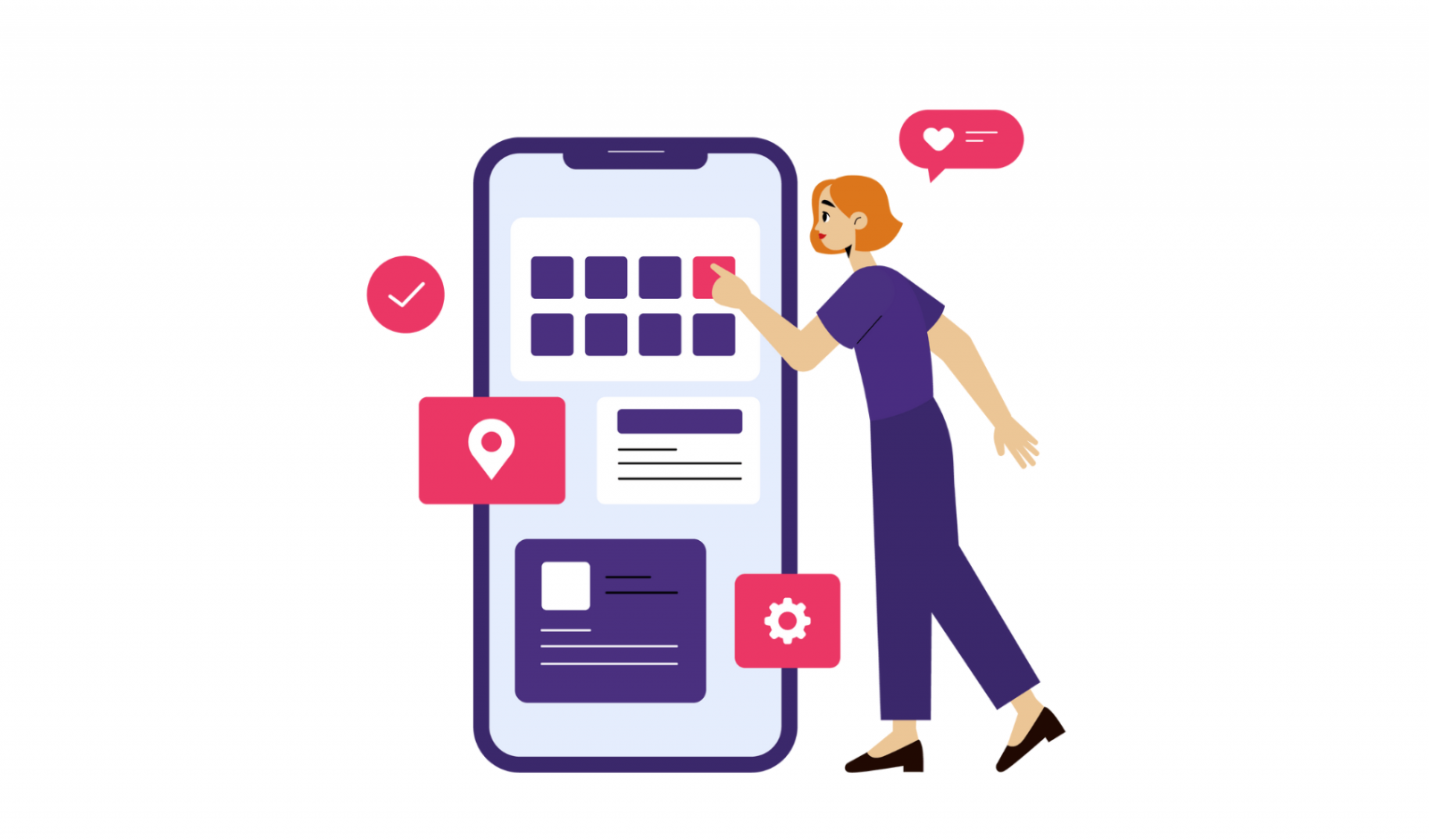
Benefits of EdTech for Students
Personalized and Adaptive Learning
One of the most significant benefits of EdTech for students is personalized and adaptive learning. EdTech tools use data and analytics to understand each student's unique learning style, strengths, and weaknesses. This information allows the technology to tailor educational content and activities to suit individual needs, ensuring that every student can learn at their own pace and achieve their full potential.
Increased Engagement and Interactivity
EdTech can significantly increase student engagement and interactivity. Interactive multimedia content, such as videos, animations, and simulations, can make learning more enjoyable and captivating. Gamified learning experiences, where educational content is delivered in a game-like format, can further motivate students to participate and excel in their studies.
Access to Learning Resources Anytime, Anywhere
One of the most transformative aspects of EdTech is the ability to access learning resources anytime, anywhere. Online courses, e-books, and educational apps make it possible for students to learn outside the traditional classroom setting. This flexibility is particularly beneficial for learners with busy schedules, those in remote locations, or individuals with disabilities who may find it challenging to attend in-person classes.
Benefits of EdTech for Teachers
Automated Grading and Assessment Tools
EdTech provides teachers with automated grading and assessment tools that can save time and reduce the administrative burden. These tools can quickly and accurately grade multiple-choice tests, quizzes, and even some types of written assignments. By automating these tasks, teachers can spend more time on instruction and personalized support for their students.
Classroom Management and Communication Tools
EdTech offers a variety of classroom management and communication tools that can enhance the teaching experience. Tools like digital attendance systems, behavior tracking apps, and communication platforms can help teachers manage their classrooms more effectively. These tools also facilitate better communication between teachers, students, and parents, ensuring that everyone stays informed and involved in the educational process.
Access to Digital Resources and Lesson Planning
Teachers can benefit from the vast array of digital resources available through EdTech. Online repositories of lesson plans, educational videos, and interactive activities can provide valuable support for teachers in planning and delivering their lessons. Additionally, professional development courses and communities of practice can help teachers stay updated on the latest educational trends and best practices.
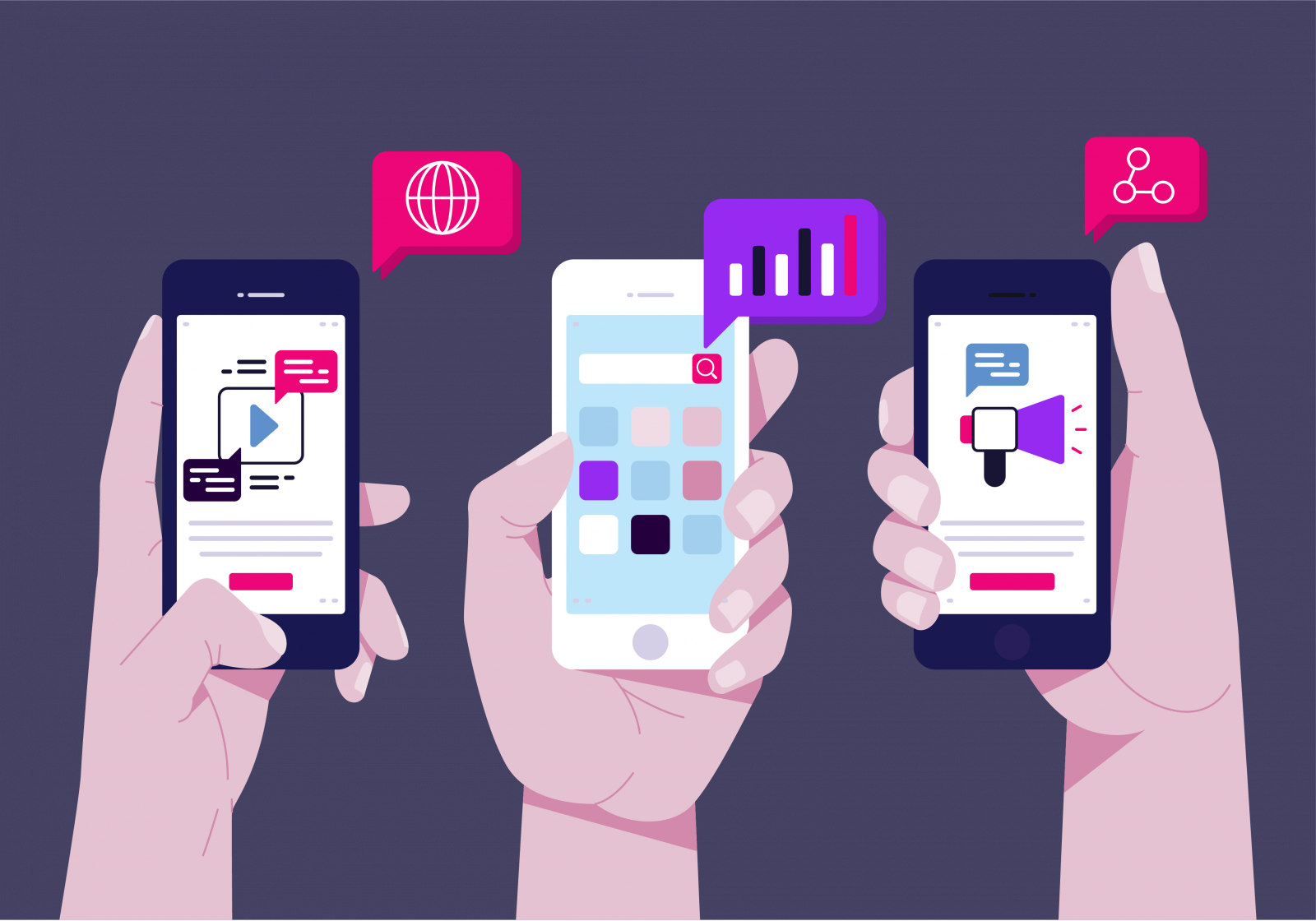
Challenges and Concerns
Integration and Implementation Challenges
Despite its many benefits, integrating and implementing EdTech in educational settings can be challenging. Schools and institutions may face obstacles such as limited budgets, lack of infrastructure, and resistance to change. Effective integration requires careful planning, investment in training and support for educators, and a commitment to continuous improvement.
Digital Divide and Accessibility Issues
The digital divide remains a significant concern in the adoption of EdTech. Students from low-income families or rural areas may lack access to the necessary devices and internet connectivity to benefit from digital learning. Ensuring equitable access to EdTech is crucial to prevent further disparities in educational opportunities.
Data Privacy and Security Concerns
The use of technology in education raises important questions about data privacy and security. Schools and EdTech providers must implement robust measures to protect the personal information of students and teachers. This includes complying with regulations such as the General Data Protection Regulation (GDPR) and the Family Educational Rights and Privacy Act (FERPA).
EdTech Trends and Innovations
Gamification and Virtual Reality
Gamification and virtual reality (VR) are among the most exciting trends in EdTech. Gamification involves incorporating game-like elements into educational activities, such as points, badges, and leaderboards, to motivate and engage students. VR can create immersive learning experiences, allowing students to explore virtual environments and interact with 3D models, making complex concepts more understandable.
Artificial Intelligence and Machine Learning
Artificial intelligence (AI) and machine learning are transforming EdTech by enabling more personalized and adaptive learning experiences. AI-powered tools can analyze student data to provide real-time feedback, identify learning gaps, and recommend personalized learning paths. These technologies can also support teachers by automating administrative tasks and providing insights into student performance.
Blended and Online Learning Platforms
Blended learning, which combines traditional in-person instruction with online learning, is becoming increasingly popular. Blended learning platforms offer the flexibility of online courses while maintaining the benefits of face-to-face interaction. These platforms can provide a more balanced and comprehensive learning experience, catering to diverse learning styles and preferences.
Online learning platforms, such as Massive Open Online Courses (MOOCs), continue to grow in popularity. These platforms offer a wide range of courses from top universities and institutions, making high-quality education accessible to learners worldwide. The rise of online learning has also led to the development of micro-credentials and digital badges, which allow learners to gain recognition for their skills and achievements in specific areas.
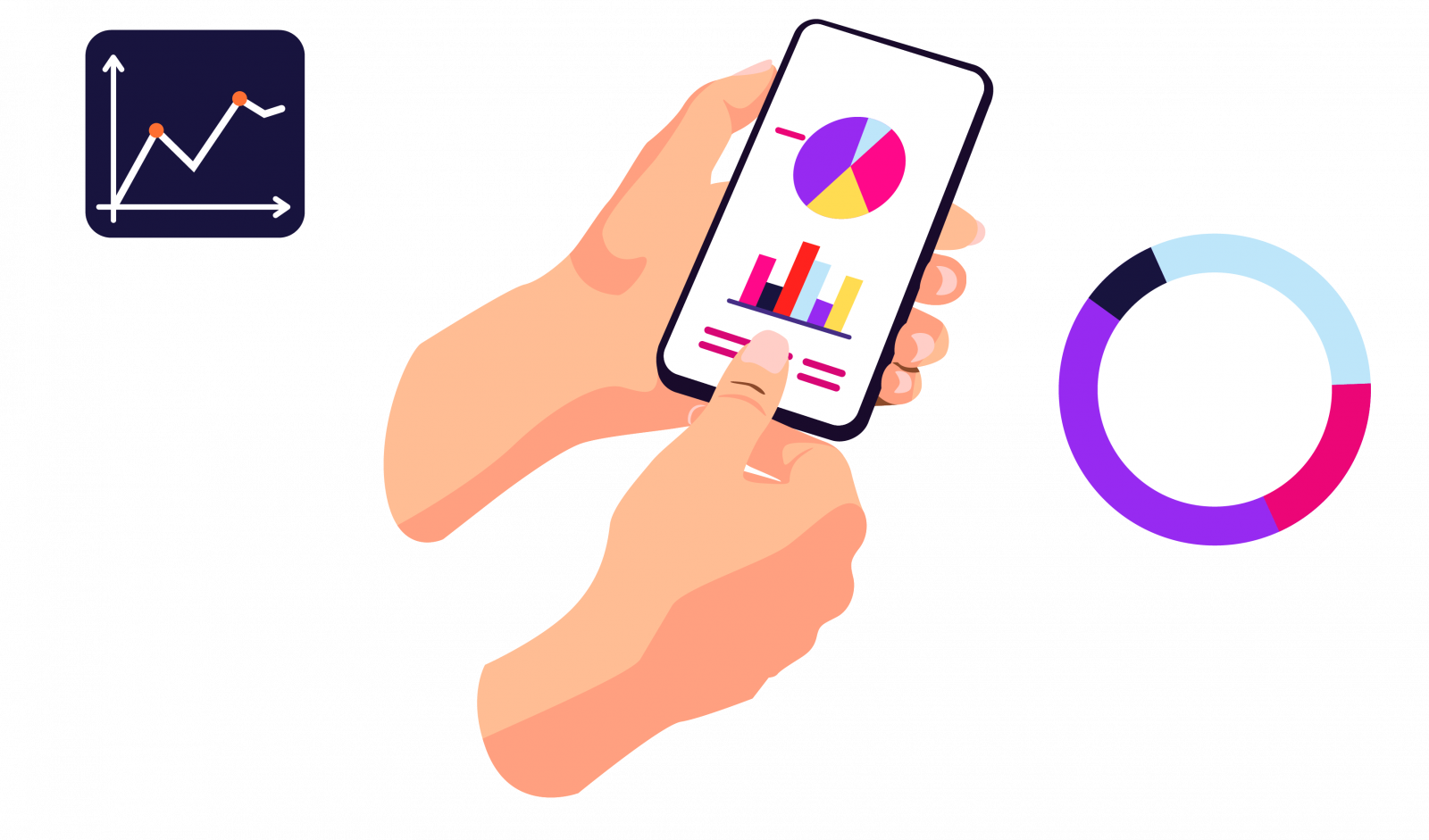
How GCT Solution Can Help
GCT Solution is a leading provider of innovative educational technology solutions designed to meet the diverse needs of modern learners and educators. Our comprehensive suite of EdTech tools and platforms is tailored to enhance learning experiences, streamline administrative tasks, and foster a more engaging and interactive educational environment.
Comprehensive EdTech Solutions
GCT Solution has developed a variety of software tools to facilitate online learning and teaching, including Lecture Management System, Class Management System, etc. These solutions are designed to create interactive, user-friendly, and fully functional digital learning environments.
Personalized Learning Experiences
Our adaptive learning solutions leverage advanced algorithms to tailor educational content to individual student needs, ensuring that each learner can progress at their own pace and focus on areas where they need the most support.
Seamless Integration
Our solutions are designed for seamless integration with existing systems, minimizing disruption and ensuring a smooth transition to digital learning environments. We provide comprehensive training and support to help educators effectively implement and utilize our technology.
Data-Driven Insights
With our powerful analytics tools, educators can gain valuable insights into student performance and engagement, helping to identify areas for improvement and tailor instruction accordingly.
By partnering with GCT Solution, educational institutions can harness the power of technology to create more effective, efficient, and enjoyable learning experiences for both students and teachers. Explore our offerings to see how we can support your educational goals.
Final Thought
EdTech is a dynamic and rapidly evolving field that holds great promise for transforming education. By leveraging technology, EdTech can enhance learning experiences, improve educational outcomes, and make education more accessible and personalized. For students, EdTech offers personalized learning, increased engagement, and flexibility. For teachers, it provides valuable tools for assessment, classroom management, and professional development.
However, the successful integration of EdTech requires careful planning and consideration of challenges such as the digital divide, data privacy, and implementation obstacles. Staying informed about the latest EdTech trends and innovations can help educators, institutions, and EdTech companies navigate these challenges and harness the full potential of educational technology.
If you are seeking a seasoned IT provider, GCT Solution is the ideal choice. With 3 years of expertise, we specialize in Mobile App , Web App, System Development, Blockchain Development and Testing Services. Our 100+ skilled IT consultants and developers can handle projects of any size. Having successfully delivered over 50+ solutions to clients worldwide, we are dedicated to supporting your goals. Reach out to us for a detailed discussion, confident that GCT Solution is poised to meet all your IT needs with tailored, efficient solutions.
FAQs:
What exactly does EdTech stand for?
EdTech stands for Educational Technology. It refers to the use of technological tools and resources to facilitate and enhance learning and teaching processes.
How has EdTech evolved over the years?
EdTech has evolved from simple audio-visual aids like projectors and educational TV to sophisticated online platforms and apps that offer interactive and personalized learning experiences. The advancement of internet technologies and mobile devices has significantly contributed to this evolution.
What are some common types of EdTech tools?
Common types of EdTech tools include Learning Management Systems (LMS), educational apps, virtual classrooms, and web conferencing tools. These can range from platforms managing course content and assessments to apps that offer interactive lessons on specific subjects.
Can EdTech replace traditional classroom learning?
While EdTech can significantly enhance and supplement traditional classroom learning, it doesn't necessarily replace it. Many educational institutions use a blended approach, combining the best aspects of both traditional and digital learning environments.
Is EdTech effective for all age groups?
Yes, EdTech can be effective for learners of all ages, from young children to adults. The key is choosing the right tools and content that match the learners' developmental stages and learning needs.



